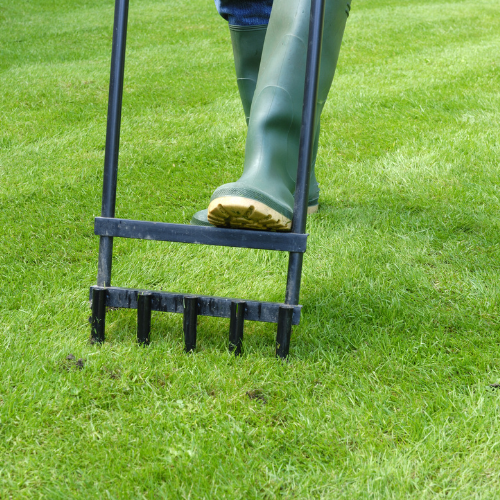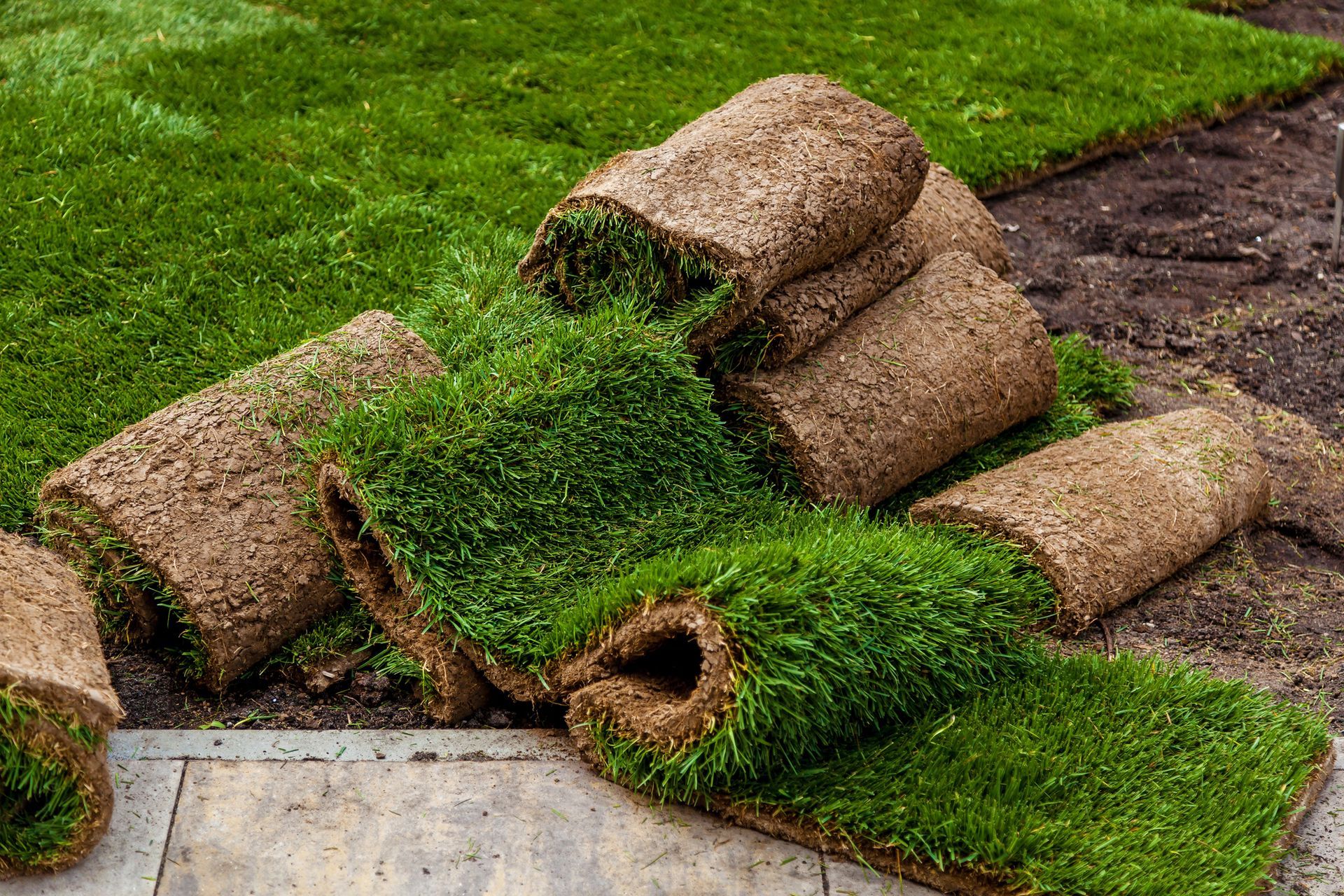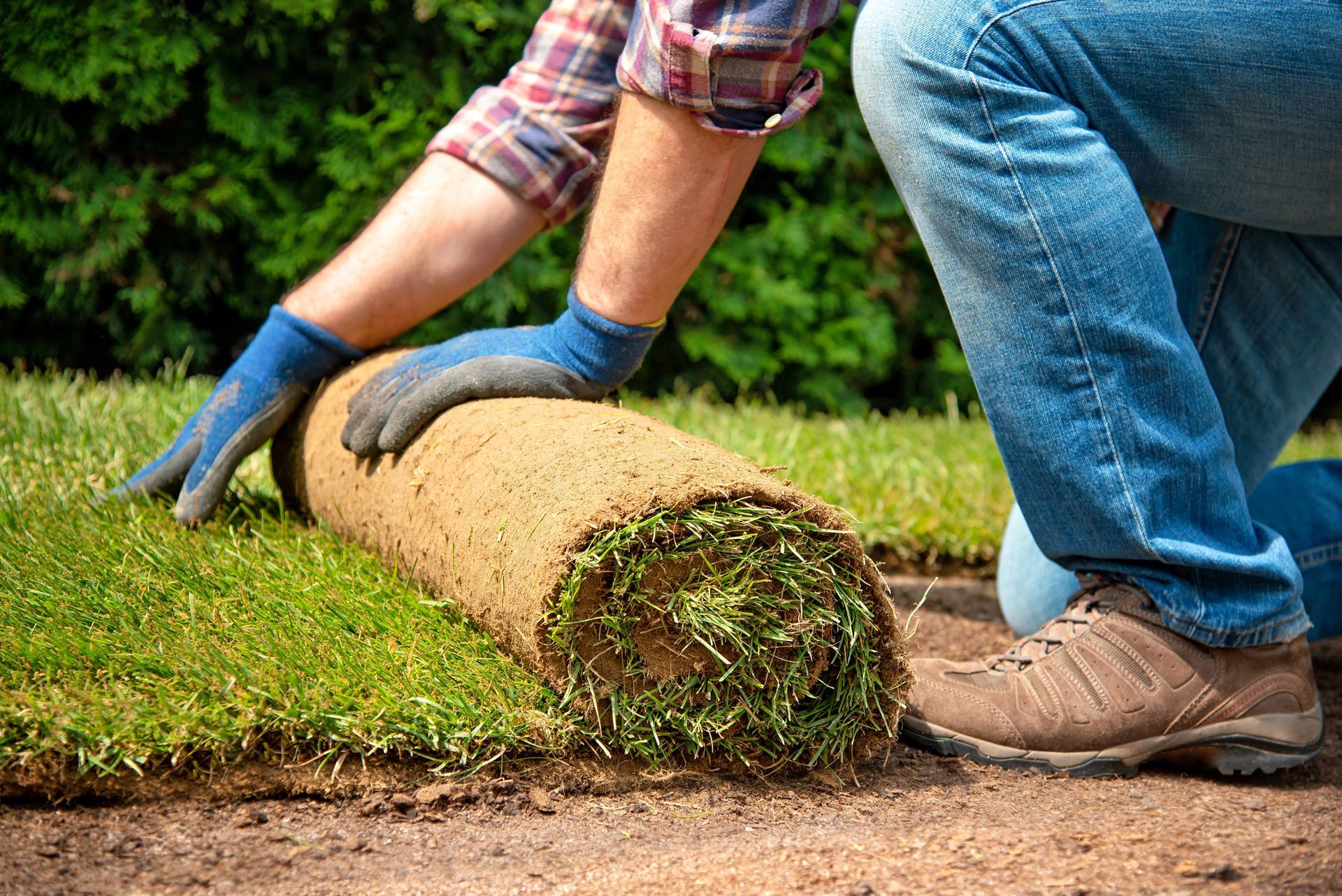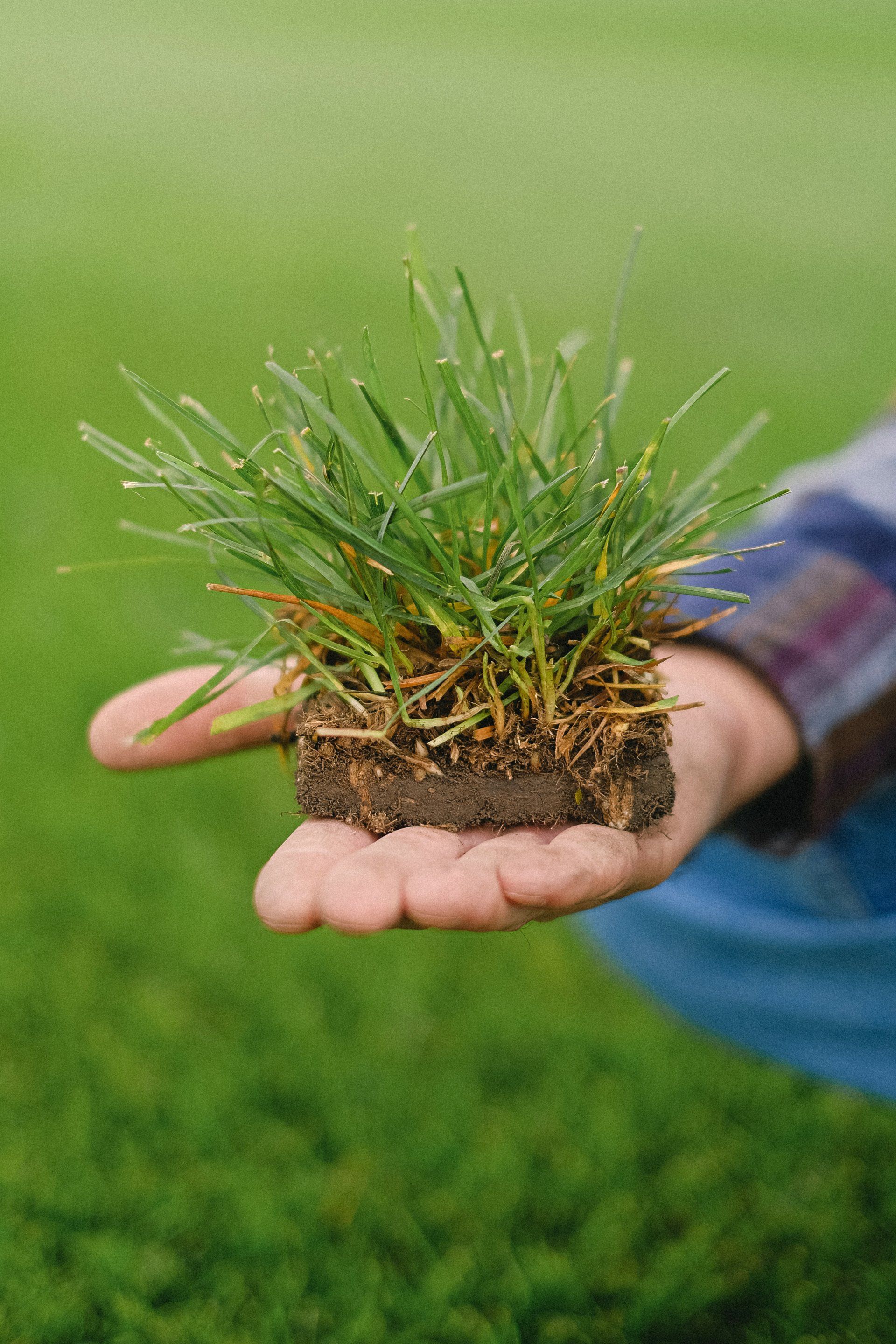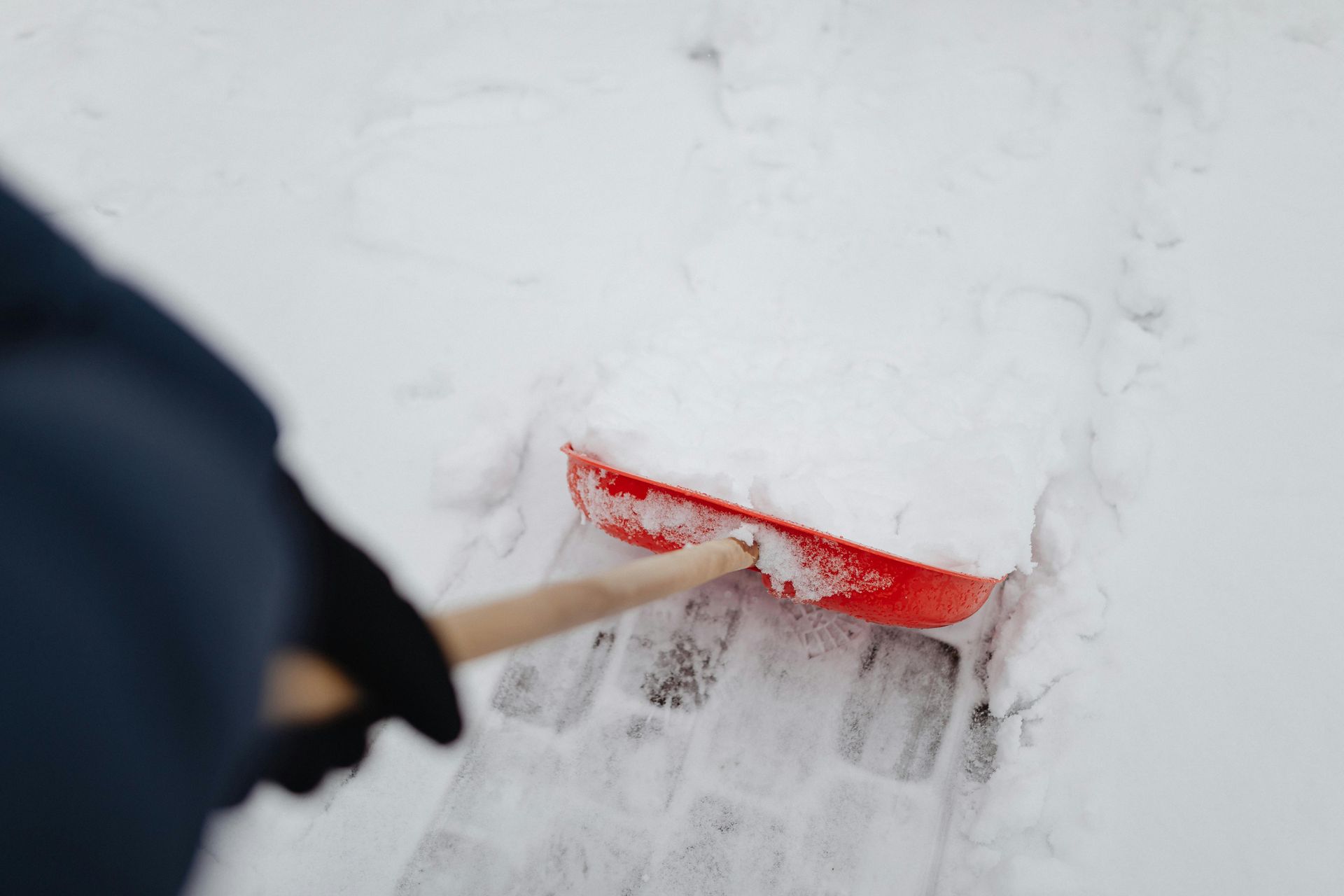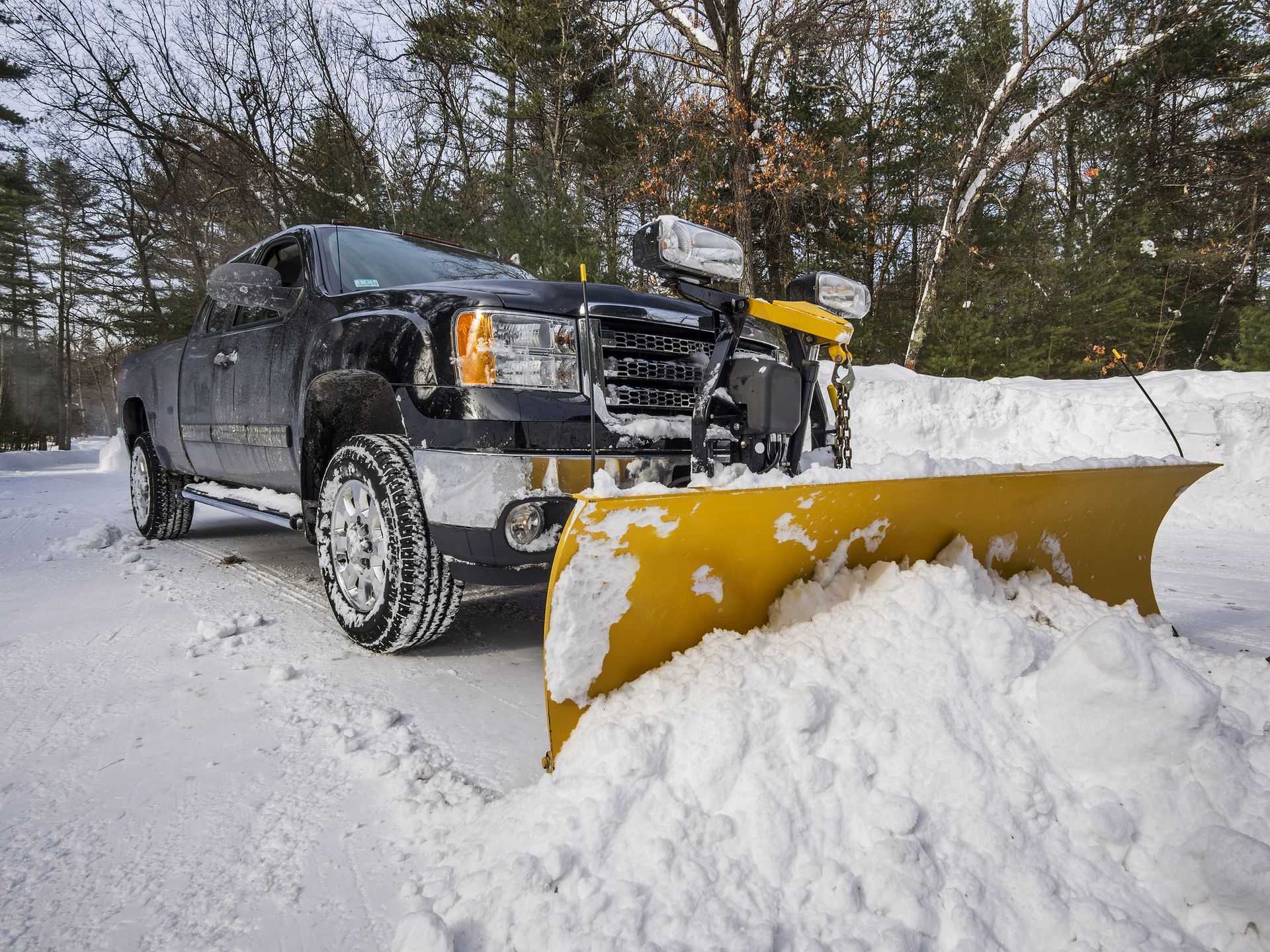Sod Lawn Maintenance Essentials: Watering, Mowing, and Fertilizing Tips
You finally installed fresh sod. It looked perfect—at first. So why does it already seem like it’s going downhill?
- Why does your fresh new lawn look worse after a few weeks than it did on day one?
- Why are there brown patches showing up even though you’re watering like crazy?
- And do you really need to mow that often?
Many Calgary homeowners roll out sod thinking the hard part is over, but what comes next is just as important.
Keep reading to learn what your lawn needs, when to water, how often to mow, and what to feed it, to keep it looking sharp long after the install.
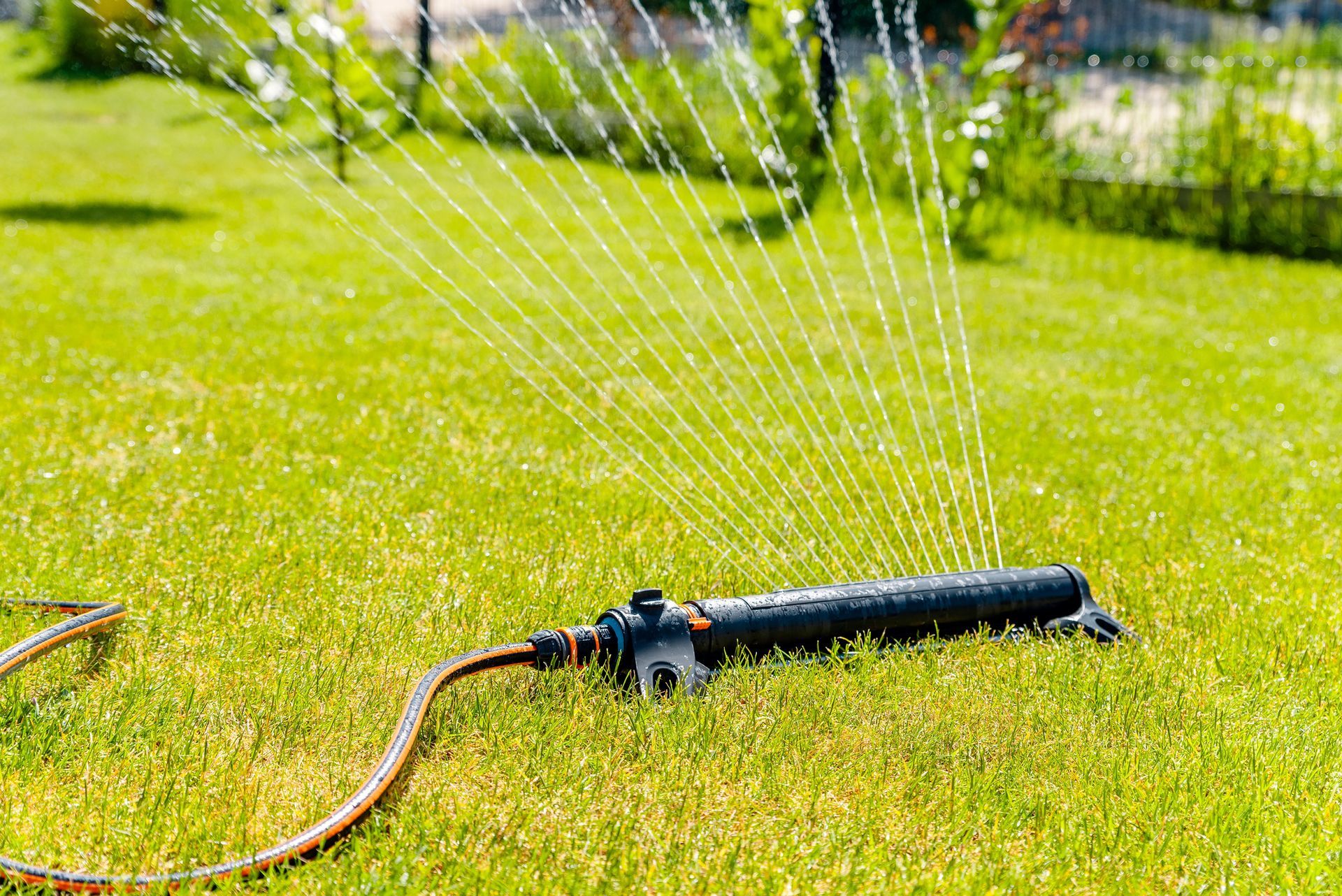
Water Right or the Rest Doesn’t Matter
New sod is thirsty and needs regular, deep watering in the early weeks to establish strong roots and settle in.
- Days 1–14: Water daily, preferably in the morning. Wet the soil 3–4 inches deep, not just a light surface sprinkle
- Avoid walking on it too much during this phase so the roots can do their thing
- Start tapering off around week 3, once the sod resists lifting and shows signs of rooting
Watering Established Sod
Once your lawn is established, switch to deep watering twice a week, depending on Calgary’s weather.
- Early morning is best because it reduces evaporation and gives grass time to dry out before evening (preventing fungus)
- Watch for signs of stress like curling blades, dull colour, or footprints that don’t bounce back
- Underwatering weakens the lawn and overwatering invites disease — find the sweet spot
Timing Is Everything When Mowing
Let your new sod to grow to 3.5–4 inches before mowing, which typically takes 10–14 days after installation.
- Ensure the sod is well-rooted first by giving it a gentle tug
- Mow on a dry day with sharp blades
- Cut only the top one-third of the grass height. Too much, too soon, will shock the grass
Regular Mowing for Established Sod
For ongoing maintenance, stick to these mowing guidelines:
- Keep your grass at about 2.5 to 3 inches during summer. Taller grass holds moisture better and shades out weeds
- Mow regularly enough that you’re never cutting more than one-third of the blade at a time
- Adjust your mowing pattern to prevent compacted ruts or uneven wear
Feed the Lawn, Fuel the Growth
Wait about 4–6 weeks after installation to apply your first round of fertilizer. This strategy gives roots time to establish before encouraging top growth.
- Use a starter fertilizer with a higher phosphorus content (look for a 10-25-10 or similar blend) to support root development
- Water deeply after applying
- Avoid fertilizing in extreme heat
Fertilizing Established Lawns
Established sod benefits from a seasonal fertilization schedule:
- Early spring: Apply a balanced fertilizer to wake up the lawn after winter
- Mid-summer: Use a slow-release nitrogen fertilizer to maintain colour and growth
- Early fall: Switch to a fertilizer with higher potassium to strengthen roots for winter
You Paid for Green. Let’s Keep It That Way
You put in the work (and the money) to lay that sod. Keep it healthy, thick, and green by knowing when to water, when to mow, and how to feed it right.
At Scott’s Sod, we’ve helped hundreds of Calgary homeowners start and maintain beautiful, durable lawns that last. We’ve got expert advice, premium products, and a no-pressure approach from folks who
dig
this stuff.
